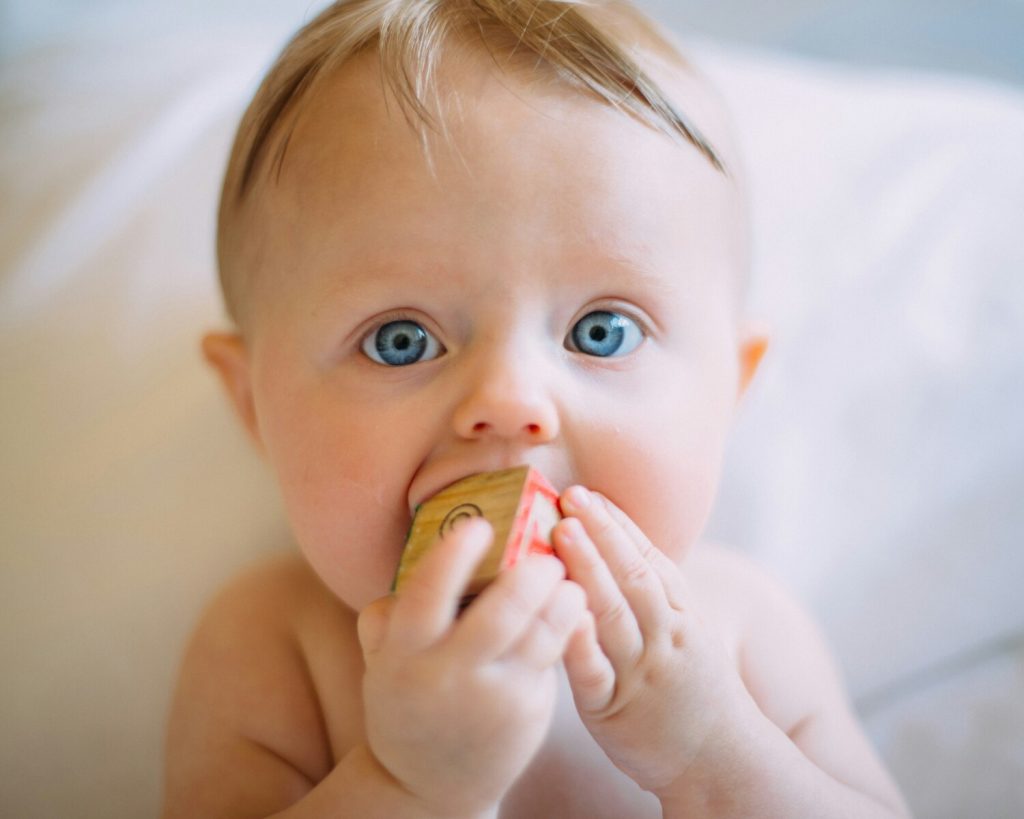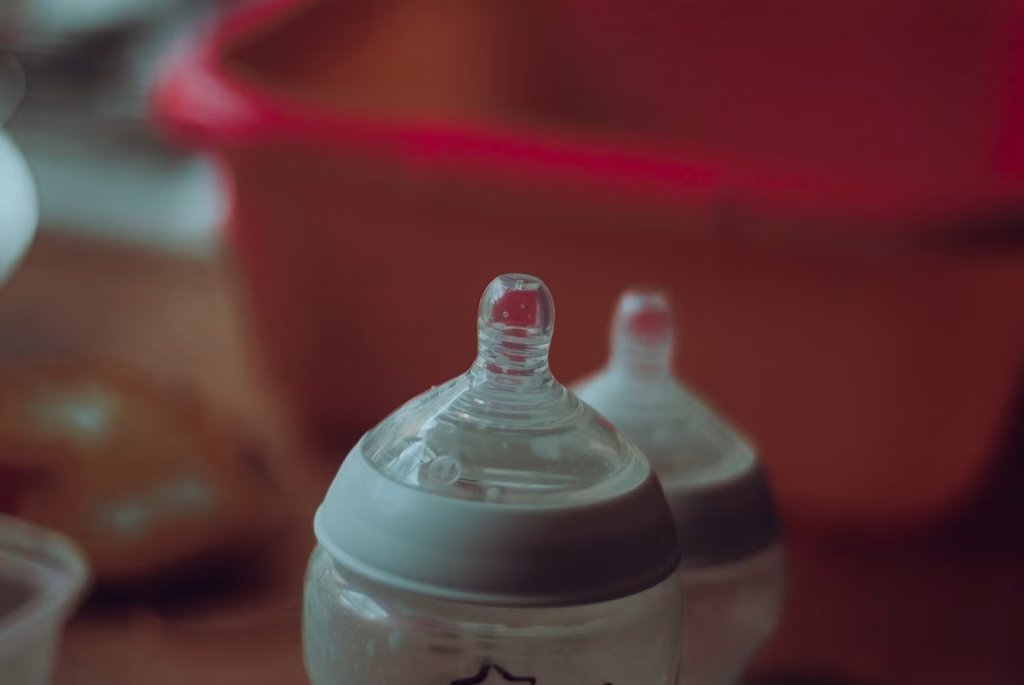
Teething: It’s one of those milestones that sounds sweet in theory but feels like a waking nightmare at 2 a.m. when your baby’s gums are swollen, their cries are sharp, and your sleep-deprived brain is frantically Googling “how long does teething last?”
Most babies start teething between 4 and 7 months, but symptoms can show up earlier. It’s not just about the teeth pushing through. It’s the inflammation, the drooling, the refusal to eat, the sudden crankiness, and, yes, the sleep disruptions. If your baby is chewing on everything in sight, has flushed cheeks, and is more irritable than usual, chances are a tooth is on the way.
So, how do you actually help your child through this grumpy, gum-aching stage? Here are five tried-and-true approaches to ease the pain without turning to solutions that only work on Instagram.
1. Cool Comfort for Sore Gums
When your baby is teething, their gums become inflamed and sensitive. One of the most effective ways to ease this discomfort is with something cool—literally.
Chilled (not frozen) teething rings can provide instant relief. So can a cold, damp washcloth gently chewed by your baby. You can even refrigerate a silicone pacifier or a peeled cucumber slice (if your baby has started solids) for safe, soothing pressure.
Avoid freezing teethers completely. Extremely cold items can damage the delicate tissues inside your baby’s mouth and do more harm than good. Think cool, not icy.
Also, don’t underestimate the power of clean fingers. Washed hands and a gentle gum massage with your knuckles can work wonders. Just be prepared for some impressive jaw strength from that tiny mouth.
2. Choose Teething Toys That Actually Help (Not Just Look Cute)
Not all teething toys are created equal. While many are made to be safe and chewable, some do little beyond serving as glorified baby accessories. The best teething toys are made of food-grade silicone, easy for little hands to grip, and have multiple textures to help massage sore gums.
Look for designs that can reach the back gums, where molars will come in later, too. A toy your baby can self-soothe with is worth its weight in gold during a rough teething week.
Pro tip: Rotate toys so your baby stays interested. Teething discomfort peaks and dips—having options helps.
3. Don’t Skip the Snuggles. Comfort Counts
This one may sound obvious, but it’s easy to forget when you’re running on fumes: your baby isn’t just in pain. They’re confused by what’s happening to their body. That’s where your presence matters more than any gadget or teething remedy.
Extra cuddles, skin-to-skin contact, rocking, and calm words can ease your baby’s nervous system. Sometimes, what they need most isn’t something to chew on. It’s just you.
This stage won’t last forever, but while you’re in it, embrace the snuggles. It helps both of you cope with the stress.

4. Explore Natural Remedies (With a Dose of Caution)
If you’re looking for holistic support, there are some natural remedies that families have sworn by for generations, like chilled chamomile tea on a washcloth or gentle herbal rubs (if approved by your pediatrician). Teething necklaces for parents to wear (not the baby!) can provide chew access during cuddles without posing a choking risk.
That said, always steer clear of amber teething necklaces on your child. Despite their popularity, they come with a serious risk of choking or strangulation and are not recommended by pediatricians. Avoid numbing gels with benzocaine, too. The FDA warns against them for babies due to rare but serious side effects.
When in doubt, stick with trusted, low-risk comfort measures, and talk to your child’s doctor before introducing anything new.
5. Know When to Use Pain Relief (And How to Use It Safely)
Sometimes, no amount of teething toys or snuggles will soothe a baby in the thick of it. If your little one is clearly in pain, your pediatrician might suggest using infant acetaminophen or ibuprofen (for babies over 6 months). Used occasionally and in the correct dosage, pain relief can be a safe and effective option during rough nights.
Always follow your doctor’s advice, and never guess the dosage based on age or size. And if you’re using any medication, keep it for the moments when nothing else has worked—so it remains effective when you truly need it.
Bonus Tip: Teething Doesn’t Explain Everything
Teething gets blamed for a lot—fevers, rashes, diarrhea—but it’s important to recognize what’s normal and what’s not. While mild temperature spikes can occur, a true fever (over 100.4°F), prolonged diarrhea, or rash requires a pediatric check-in. Don’t assume everything is “just teething.”
You’ve Got This (Even If It Doesn’t Feel Like It)
Teething can feel relentless, especially during those long nights when everyone’s sleep-deprived, and the baby just won’t settle. But this season, like so many in parenting, will pass. Your baby won’t remember the cranky days and late-night tears, but the comfort and care you gave? That will stick with them, even if they don’t have the words for it yet.
Give yourself grace, grab an extra cup of coffee, and remember: you’re doing a great job, even if your shirt is soaked in drool and you haven’t sat down in hours.
What’s been your go-to teething remedy that actually worked? Or is your baby in the thick of it right now?
Read More:
Parenting Hacks That Actually Make Life Easier
7 Tools to Use When Your Baby Won’t Sleep Through the Night
Riley is an Arizona native with over nine years of writing experience. From personal finance to travel to digital marketing to pop culture, she’s written about everything under the sun. When she’s not writing, she’s spending her time outside, reading, or cuddling with her two corgis.





